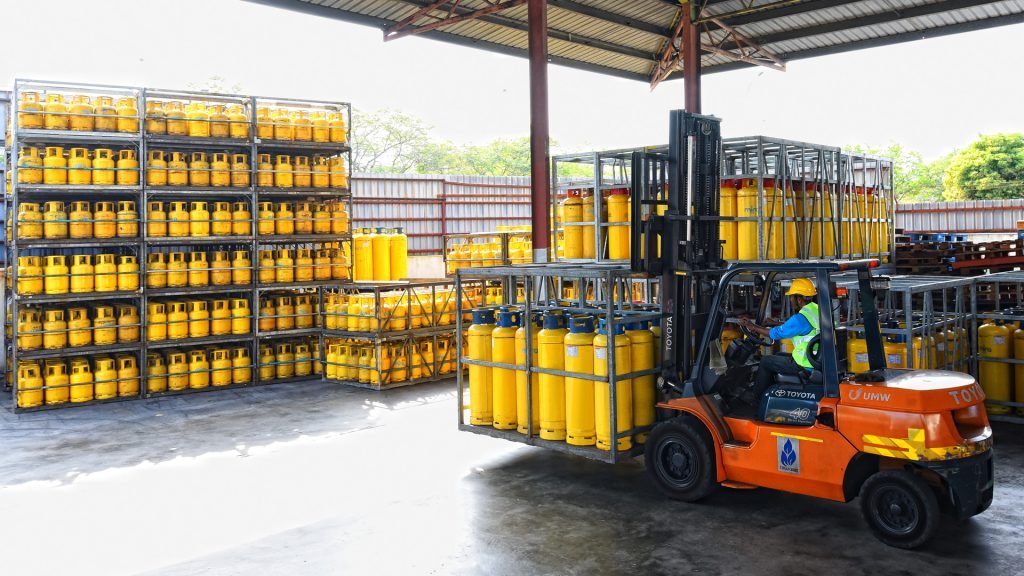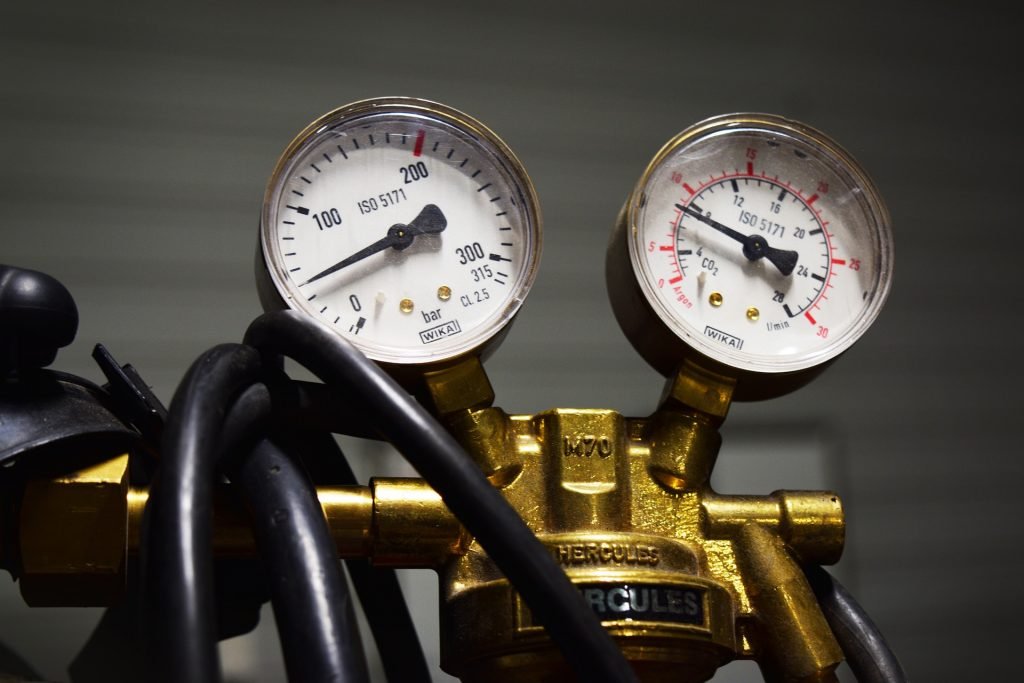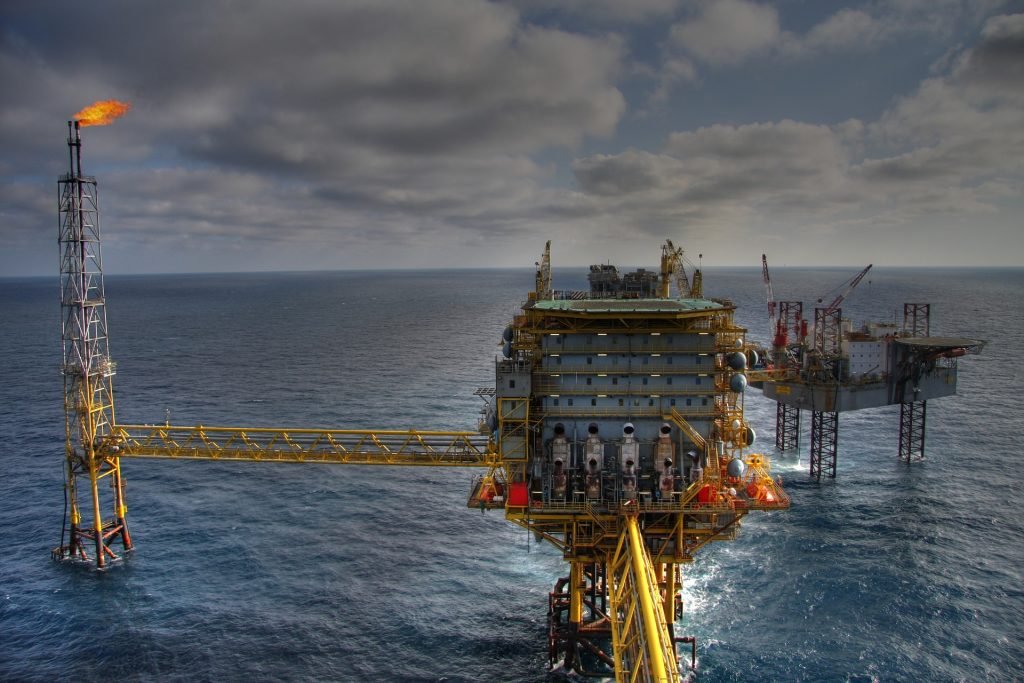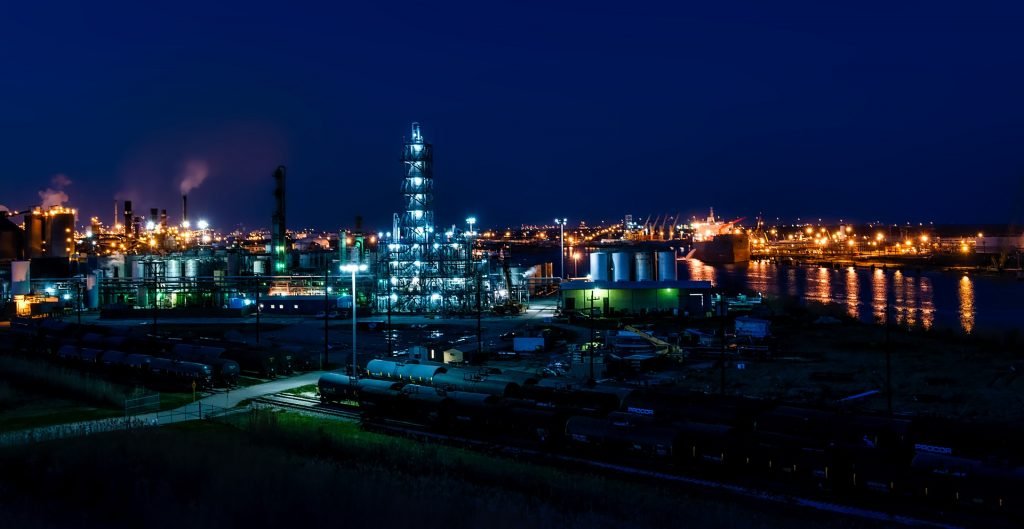
Fondly referred to as cooking gas in this part of the world, liquid petroleum gas (LPG) is one of the most widely used energy sources on the globe. While most of us are familiar with its uses and characteristics, the versatility of LPG may surprise you. Did you know that LPG has been used to fuel the Olympic flame? Somewhat off tangent but equally intriguing; because LPG is naturally colourless and odourless, a distinctive smell is added to indicate a leak, ensuring the safety of users.

What is LPG?
LPG is a naturally occurring byproduct that is recovered during the extraction of natural gas from the earth, and is also produced during the refining of crude oil. Typically, LPG can be found in the form of propane, butane, or a combination of the two hydrocarbon gases. It was first commercialised in the early 1900’s and was for a long time wasted through venting or flaring in the refining processes of crude oil.
In regions with temperate climates, LPG can be found in butane form in the summer, while propane is utilised in the chillier months. The reason for this is that propane has a lower boiling point than butane, meaning it will continue to convert from a liquid to a gas even in very cold conditions, down to -45ºC. Butane has its uses too, possessing a lower vapor pressure at equivalent temperatures, as well as being cheaper. In tropical climates, butane is the preferred option for typical domestic use.

Where does LPG come from?
As previously mentioned, LPG is sourced in two ways, during natural gas extraction, and during the refining of crude oil. When gas is drawn from the earth, it is a mixture of several gases and liquids. Commercial natural gas is mainly composed of methane, ethane, propane and butane. During the extraction process, the gas/oil mixture is piped out of the well and into a gas trap, which separates the stream into crude oil and “wet” gas, which contains LPG and natural gas. The heavier crude oil sinks to the bottom of the trap and is then pumped into an oil storage tank for refining. The “wet” gas, off the top of the gas trap, is processed to separate the petroleum from the natural gas and LPG. Impurities must also be removed from the propane and butane or they will prevent the LPG from liquefying properly. Lastly, a refrigeration technique is used for recovery of LPG from a natural gas stream.
In an oil refinery, LPG is produced at various stages: atmospheric distillation, reforming, cracking and others. The LPG produced will be between 1 and 4% of crude oil processed. This yield will depend on the type of crude oil, the degree of sophistication of the oil refinery and the market values of propane and butane compared to other oils products. Worldwide, refining is the source of approximately 40% of LPG produced.

Although LPG has played a crucial role in powering billions of lives and processes, in the modern household the usage of LPG in the form of cooking gas has been dwindling, largely down to other electrical heating processes. That being said, LPG still has a crucial part to play in powering developing nations, primarily due to the fact that LPG provides a cost efficient solution. One thing is for certain; liquid petroleum gas is here to stay.
